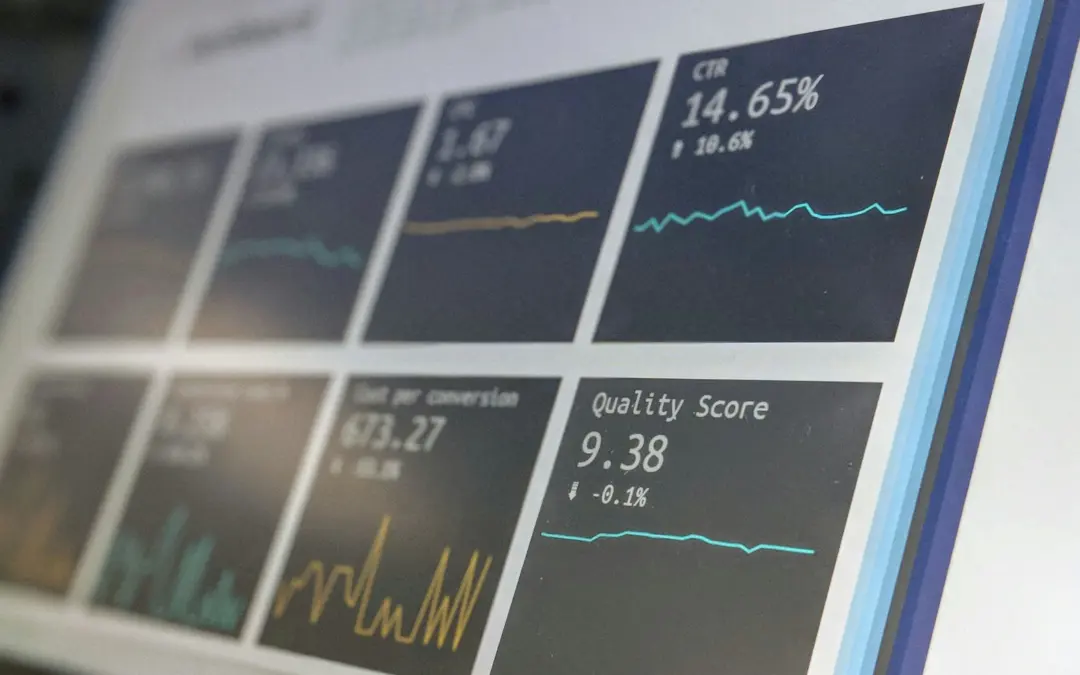It’s that time of the year, with the autumn quietly whispering its way into our lives, and the air already smelling crisp. But if you’re a marketer and you were thinking of a peaceful last quarter, let’s bust your myth, because Google is out with some new updates!
Conversion Goals Will No Longer Be Auto-Default
Google is updating its auto-default settings for conversion goals to understand user intent better and optimise campaigns more effectively.
What’s happening now:
Whenever you create a new conversion action, Google by default registers it as a customer conversion goal at the account-wide level. While it is easy and hassle-free, it can also lead to suboptimal campaign performance as bidding mechanisms continue to target low-performing and high-performing goals within the same group.
How will the change impact:
The new settings will allow an automatically created goal to be account-default, only if all the other goals within the same category are also account-default. This will give you more control over what Google optimises for and help you plan your ad spend more wisely.
In simple English, you can now decide whether you want to spend on form fills, calls, or purchases, or any other goals that are driving results.
Google Analytics Expands Benchmarking Support
Remember, when businesses wanted to see more benchmarking data for their industry, and you could only share regular metrics like percentages and ratios? Well, that is changing. Google has now added 20 additional unnormalised metrics, like ‘new users’ or ‘total revenue’.
How will the change impact:
Businesses will now be able to compare their raw data with their peers, and this will give them a clear view of how they stack up and where to improve.
You can access this feature on the Overview card on the Google Analytics home page.
One-Click Linking Between Google Ads and Analytics
Did you know? Customers who link their Google Ads to Google Analytics see a 23% increase in conversions and a 10% reduction in cost per conversion.
What’s happening now:
Earlier, users had to go to Admin settings to set up GA4 events with Google Ads. This step enables the proper integration of conversions, and if it is missed, it can result in inaccurate data.
How will the change impact:
Linking Google Ads and GA4 will become ridiculously easy. Google Ads will now identify any unlinked GA4 properties and recommend that you link them with just a single click. This not only makes the linking process super easy but also helps you identify any missed linking opportunities within the Recommendations section in your Google Ads.
Time to Push Local Service Ads
To build more trust with users, Google is now introducing a new ‘verified’ badge for Local Service Ads. Effective from October 20, 2025, Google will add its ‘verified’ badge for advertisers who have completed verification requirements.
How will the change impact:
This little trick could help build credibility, resulting in local businesses standing out and winning clicks from users who value proof of authenticity. As part of this change, Google will also discontinue the ‘Money Back Guarantee’ associated with the ‘Google Guarantee’ badge.
What Else Could Happen?
Advertisers are advised to keep an eye out for further updates, especially related to SERP experiments.
Sponsored Labels:
Google is changing the display layout, and it could group multiple ads under a single umbrella of a sponsored label.
Local Shopping Tab:
Google seems to be testing display packs focused locally with Google Business Profile listings, at the top of the Google Shopping results in the Shopping tab.
These updates certainly pave the way for an exciting few months ahead. While this is a wave of changes, as always, the intent is to make Google Ads smarter, cleaner, and tighter.
If you need help adapting to these changes or ensuring your campaigns are set up for maximum efficiency, our team at Flex Digital can help you stay ahead of the curve.

